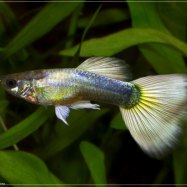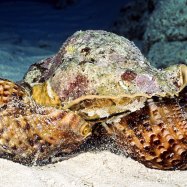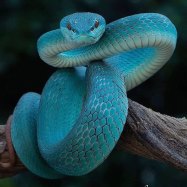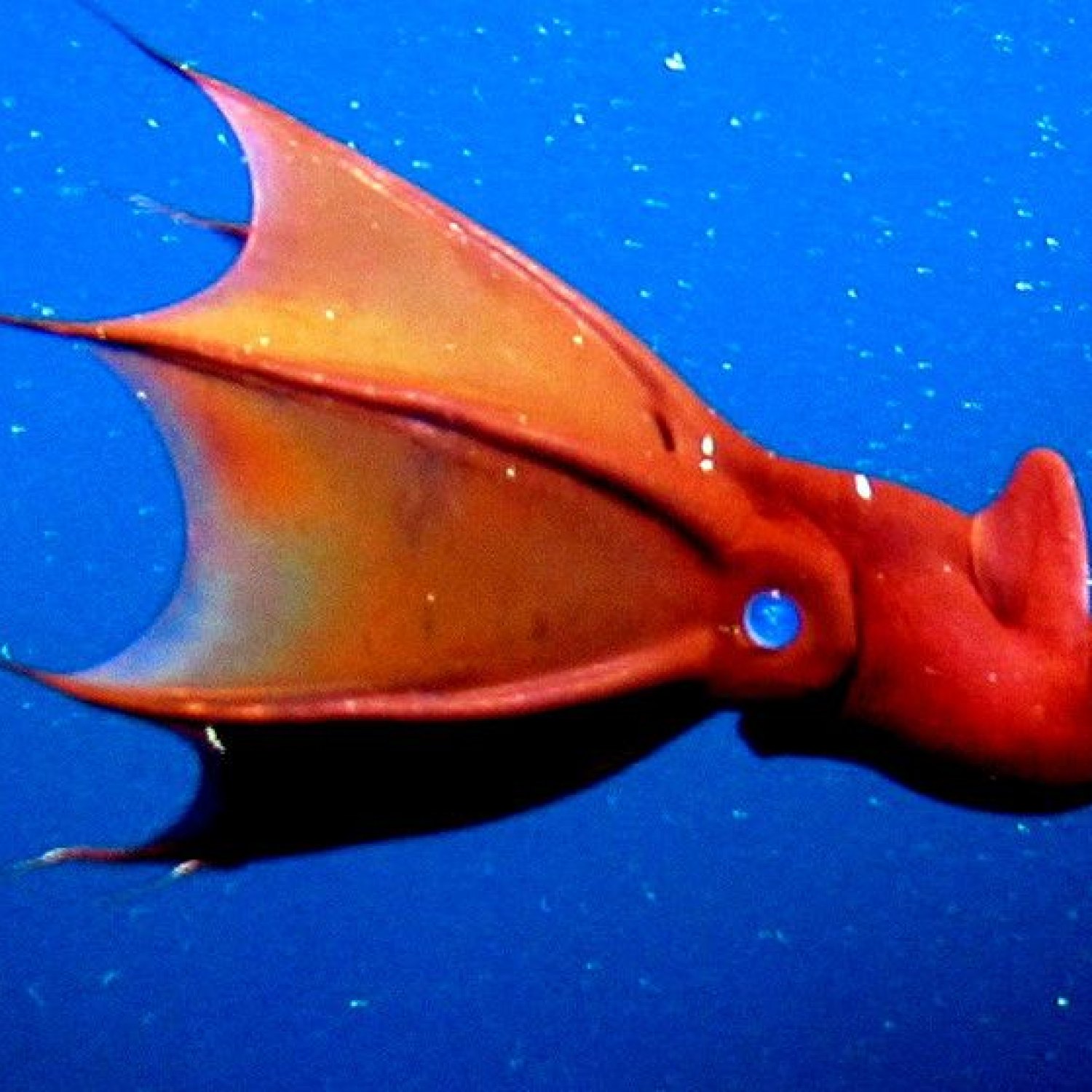
Vampire Squid
Up to 30 cm (12 inches)
The Vampire Squid, found in the deep sea, is a mesmerizing creature with a gelatinous, umbrella-shaped body that can reach up to 30 cm in length. Despite its name, it doesn't suck blood but uses bioluminescence to confuse predators. Fun fact: Its scientific name, Vampyroteuthis infernalis, means vampire squid from hell. #Vampiresquid #Deepsea #Gelatinous #Bioluminescence #Fascinatingfacts
Animal Details Summary:
Common Name: Vampire Squid
Kingdom: Animalia
Habitat: Deep sea
The Mysterious Vampire Squid: A Creature of the Deep Sea
The deep sea, also known as the abyssal zone, has always been a source of fascination for humans. With its dark, murky waters and unknown depths, it holds a vast array of strange and mysterious creatures. Among these creatures is the fascinating and elusive vampire squid, also known as Vampyroteuthis infernalis.The vampire squid is a unique animal that has captured the attention of scientists and the public alike Vampire Squid. From its strange appearance to its mysterious habits, this deep-sea creature has become a subject of fascination for many. In this article, we will delve into the world of the vampire squid and discover what makes it such an intriguing animal.
A Not-So-Traditional Vampire
Despite its name, the vampire squid is not your typical blood-sucking vampire. In fact, it does not feed on blood at all. But its dark coloration and red eyes may give it a slightly eerie appearance, causing it to be associated with vampires.The scientific name of the vampire squid, Vampyroteuthis infernalis, translates to "vampire squid from hell." This name was given due to its unique appearance and deep-sea habitat.
A Member of the Cephalopod Family
The vampire squid is a member of the phylum Mollusca and the class Cephalopoda, which includes octopuses, squid, and cuttlefish. Cephalopods are known for their large brains, advanced nervous systems, and ability to change color and camouflage themselves Vampire Bat.The Deep-Sea Dweller
The vampire squid is native to the deep-sea, and it can be found in all of the world's oceans, except for the polar regions. It is found at depths of 600 to 3000 meters (1969 to 9843 feet), where the pressure can be up to 300 times greater than the surface. This makes the deep-sea an extremely harsh environment, and only a few creatures have evolved to survive in these conditions.Special Adaptations
To survive in the deep sea, the vampire squid has evolved some incredible adaptations. It has a gelatinous, umbrella-shaped body that allows it to control its buoyancy and move easily through the water. Its body is also covered in tiny light-producing organs called photophores, which it uses to produce bioluminescent light to attract prey or confuse predators.One of the most fascinating adaptations of the vampire squid is its skin. When threatened, it can turn itself inside out, covering itself with its skin, which has long spines and a web-like membrane. This makes it appear larger and more intimidating to potential predators.
A Carnivorous Diet
As a member of the Cephalopod family, the vampire squid is a carnivore. It feeds on a variety of prey, including copepods, krill, and other small crustaceans. It uses its tentacles, which are equipped with sticky pads, to capture its prey. Unlike other squid species, it does not have sharp hooks on its tentacles.One of the most unique feeding habits of the vampire squid is its use of a sticky mucus web. When feeding, it will produce a web-like structure made of mucus and then use its tentacles to create a funnel shape around the web. This traps the prey and allows the vampire squid to consume it at its leisure.
The Mysteries of Reproduction
Very little is known about the reproduction of the vampire squid. It is believed that they have a complex mating ritual, where the male inserts a modified tentacle into the mantle of the female and transfers sperm. After laying eggs, the female will release them into the water, and they will hatch into larvae.Like other deep-sea animals, the vampire squid has a slow growth rate and a long lifespan. They can live up to 3 years in the wild, but some have been observed living up to 5 years in captivity.
A Result of Evolution
The vampire squid is considered a living fossil, meaning it has remained unchanged for millions of years. Its unique features and adaptations are a result of evolution, allowing it to thrive in the extreme conditions of the deep-sea.A Delicate Balance
Despite its fearsome appearance, the vampire squid is a gentle creature and does not pose a threat to humans. In fact, human activities such as deep-sea fishing and pollution are having a significant impact on its habitat. As a result, the vampire squid is considered a vulnerable species and needs to be protected to ensure its survival.In Conclusion
The vampire squid is a truly remarkable creature that has captured our imagination for centuries. From its unique appearance to its mysterious habits, it is a creature that continues to baffle scientists and evoke curiosity in the public. As we continue to explore and understand the deep-sea, we can only hope to uncover more of the mysteries surrounding this fascinating animal.

Vampire Squid
Animal Details Vampire Squid - Scientific Name: Vampyroteuthis infernalis
- Category: Animals V
- Scientific Name: Vampyroteuthis infernalis
- Common Name: Vampire Squid
- Kingdom: Animalia
- Phylum: Mollusca
- Class: Cephalopoda
- Order: Vampyromorphida
- Family: Vampyroteuthidae
- Habitat: Deep sea
- Feeding Method: Carnivorous
- Geographical Distribution: Worldwide
- Country of Origin: Not applicable
- Location: Deep sea
- Animal Coloration: Dark brown to black
- Body Shape: Gelatinous, umbrella-like
- Length: Up to 30 cm (12 inches)
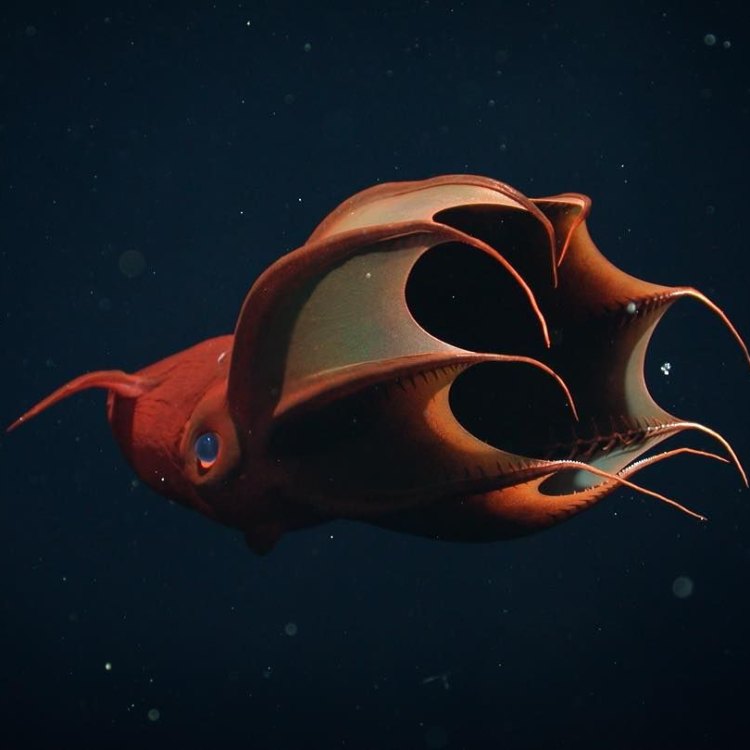
Vampire Squid
- Adult Size: Small
- Average Lifespan: Up to 3 years
- Reproduction: Sexual
- Reproductive Behavior: Not well-known
- Sound or Call: No sound production
- Migration Pattern: Unknown
- Social Groups: Solitary
- Behavior: Slow-moving and passive
- Threats: Habitat destruction, pollution, climate change
- Conservation Status: Data deficient
- Impact on Ecosystem: Unknown
- Human Use: Not used by humans
- Distinctive Features: Large, protruding eyes, webbing between arms
- Interesting Facts: The Vampire Squid is not a true squid or an octopus. It is considered to be a unique species.
- Predator: Unknown
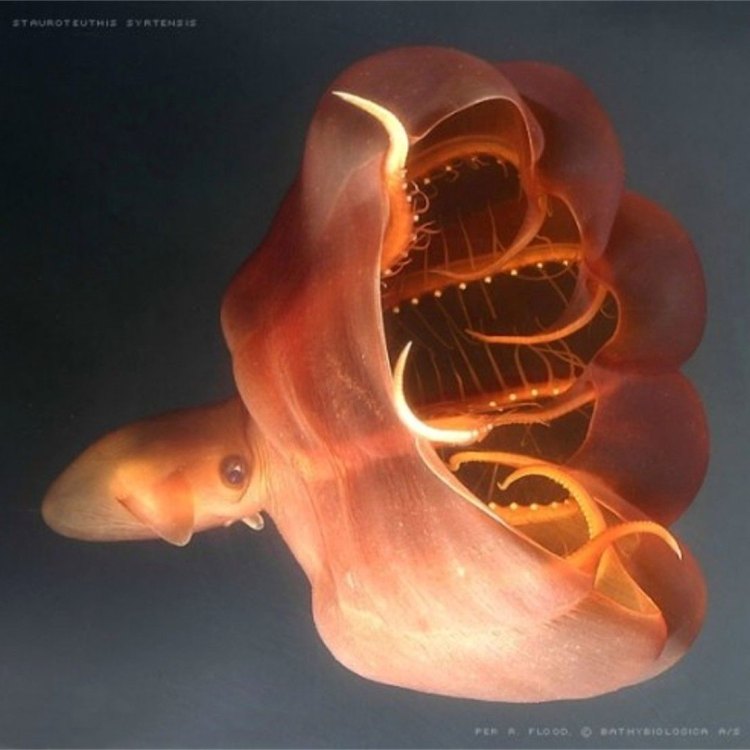
Vampyroteuthis infernalis
The Mysterious Vampire Squid: A Creature of the Deep
In the depths of the ocean, there lies a creature that has captured the curiosity and imagination of scientists and researchers for centuries. From its unique appearance to its mysterious behavior, the Vampire Squid is a fascinating and enigmatic creature that continues to intrigue us.The Vampire Squid, also known by its scientific name, Vampyroteuthis infernalis, is a small cephalopod found in the deep waters of the Pacific, Atlantic, and Indian Oceans. Its appearance is unlike any other animal in the ocean, earning it the title of "vampire" due to its resemblance to the mythical creature with its long, trailing arms and large, protruding eyes PeaceOfAnimals.Com.
One of the most distinctive features of the Vampire Squid is its size. As an adult, it reaches a maximum length of only 6 inches, making it one of the smallest deep-sea creatures in the ocean. Despite its small size, this creature has a long lifespan, with an average of up to 3 years in the wild.
The reproductive behavior of the Vampire Squid is still not well-understood by scientists. Like most cephalopods, they engage in sexual reproduction, but the specifics of their mating rituals and behaviors have yet to be fully discovered.
One of the most intriguing mysteries surrounding this creature is its sound or call. Unlike many other deep-sea creatures, the Vampire Squid does not produce any sound, making it a silent inhabitant of the ocean depths. This has led scientists to believe that it may use other means of communication, such as bioluminescence, to communicate with others of its species.
The migration pattern of the Vampire Squid remains unknown, as it spends most of its life in the deep sea, far from human observation Vaquita. It is believed that they have the ability to migrate vertically in the water column, moving up and down to different depths depending on their needs, but this theory has yet to be confirmed.
Despite its name, the Vampire Squid does not exhibit any aggressive or predatory behavior. In fact, it is a slow-moving and passive creature that spends most of its time drifting and feeding on small particles in the water. Its lack of sound production and camouflage abilities make it a master of avoiding predators in the dark, deep waters where it resides.
However, the Vampire Squid is not without threats. Like many other deep-sea creatures, it is vulnerable to habitat destruction, pollution, and climate change. As humans continue to explore and exploit the depths of the ocean, the survival of this unique creature and others like it becomes increasingly uncertain.
Currently, the conservation status of the Vampire Squid is listed as data deficient, as not enough is known about its population size and trends to give it a proper classification on the IUCN Red List of Threatened Species. More research and data are needed to fully understand the impact of human activities on this creature and its ecosystem.
Speaking of its ecosystem, the Vampire Squid's role in the deep-sea food chain is still largely unknown. Scientists have yet to determine their impact on their environment and how their presence or absence could affect other species in the ocean depths. As we continue to learn more about this creature, we also uncover more about the delicate balance of the ocean and our impact on it.
Despite its fascinating qualities, the Vampire Squid has no known human uses. It is not fished or used for food or other products. Its elusive nature and deep-sea habitat make it nearly impossible for humans to observe or interact with in any way, leaving it untouched by our species.
Perhaps one of the most interesting facts about the Vampire Squid is that it is neither a true squid nor an octopus, despite its name. It belongs to a unique group of cephalopods, the Vampyromorphida, that are not closely related to any other species in their class. This makes the Vampire Squid a truly unique and mysterious creature, one that we are still trying to understand fully.
In conclusion, the Vampire Squid is a creature that captures our imagination and keeps us in awe of the mysteries that lie beneath the ocean's surface. With its distinctive features, unknown behaviors, and impact on the ecosystem, it continues to drive scientists to uncover its secrets. And as we learn more about this creature, we also gain a deeper understanding of the delicate balance of life in the deep sea and the importance of preserving it for future generations to appreciate and marvel at.
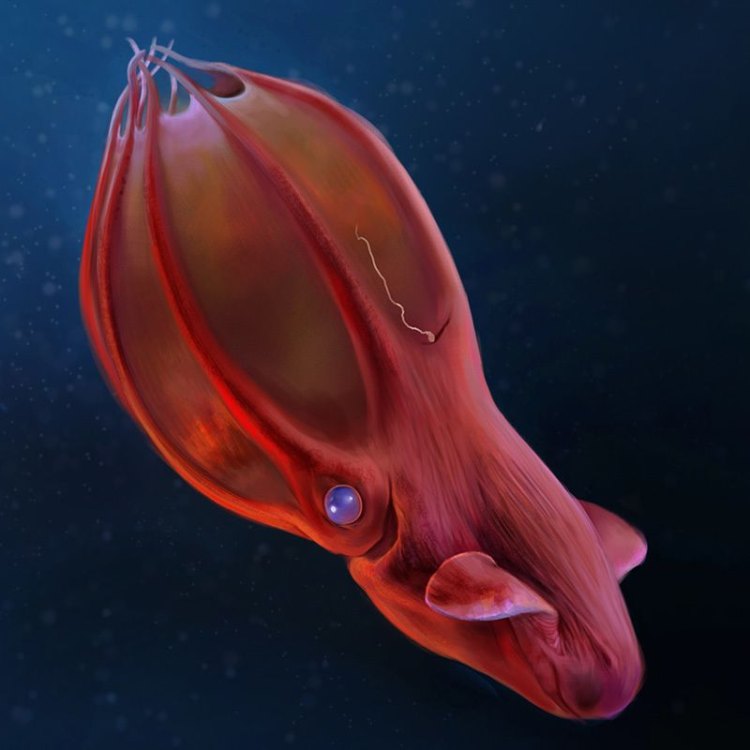
The Mysterious Vampire Squid: A Creature of the Deep Sea
Disclaimer: The content provided is for informational purposes only. We cannot guarantee the accuracy of the information on this page 100%. All information provided here may change without prior notice.

